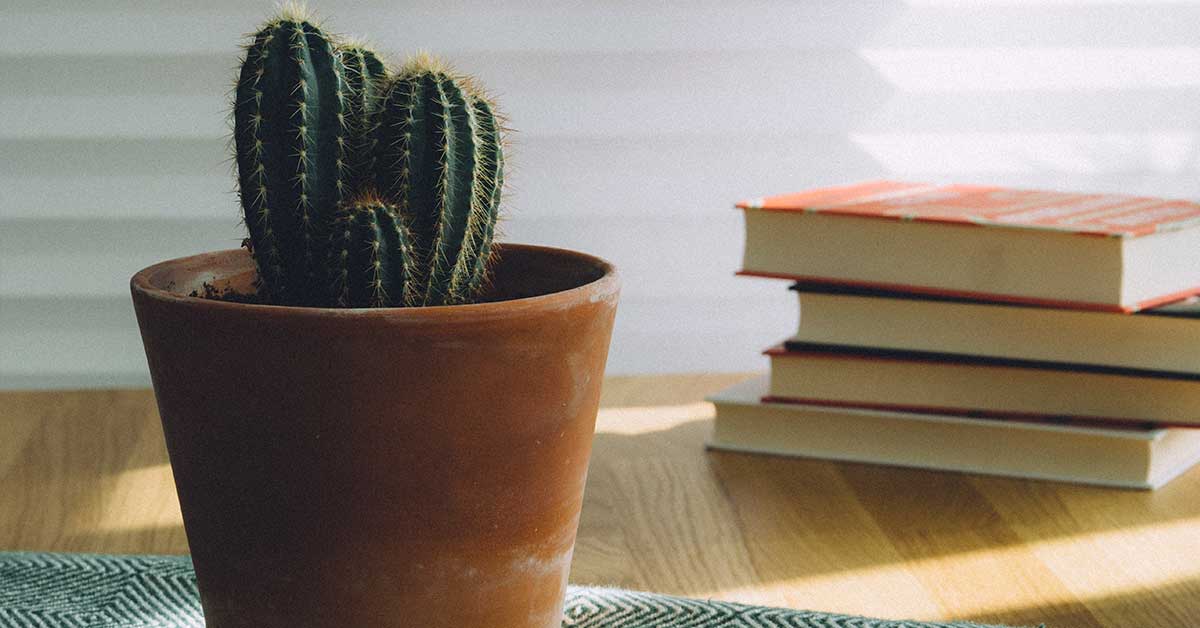A cactus garden can be beautiful and stunning without needing a lot of hands-on maintenance. Succulents in general do not need a lot of attention in order to thrive, which makes them some of the best starting plants for beginning gardeners. However, there are a few things to consider before you start working with succulents or cacti. It can be very easy to accidentally have an overwatered cactus and kill your plant completely.
Don’t Overwater Drought-Tolerant Plants
The biggest piece of knowledge that helps with taking care of cacti is knowing how drought-tolerant they are. Consider where most cacti species live in the wild and what their habitats look like. A lot of which reside in arid, desert-like conditions with very little precipitation. Cacti thrive on very little moisture and can survive a long time without it.
As with most succulent plants, overwatering can do more harm than good. Their roots are not designed to absorb or maintain excess amounts of water. Luckily, it’s very easy to prevent this from happening and even easier to tell when your cacti need more water.
Preventing An Overwatered Cactus
Because of how drought-resistant they are, they require very little water in order to thrive. Some gardeners refuse to believe this which results in an overwatered cactus. This will ultimately kill your garden entirely, as the excess moisture rots its root systems. Additionally, it can be hard to tell when your cactus is showing signs of root rot. A cactus can seem plump and healthy while sprouting new growth, however, the roots are slowly rotting.
You may be able to save your cactus while it’s still supple and rapidly growing. Your cactus will also start to wither as time passes, losing its shape and color over time. At this stage, your overwatered cactus may be unsalvagable. If you do not catch the symptoms early on, unfortunately, you may have to throw away your cactus and start over.
Starting Over With Your Cactus
Knowing when to water your cactus is a crucial key in order to grow them properly. Testing the moisture of the soil before watering is a great way to measure how much water to give your cactus. The first few inches of the soil should be completely dry. After watering, let your cactus dry out until the top few inches of soil are completely dry again.
The best thing a gardener could do for their cactus is to give it well-draining soil. If your cactus is never allowed to dry or sits in standing water, the roots will rot very quickly. Empty any water that is pooling up in the saucer of the container and keep an eye on how much continues to leak out. It’s also good to keep in mind that you may not need to water your cactus as much or at all during the colder seasons.













